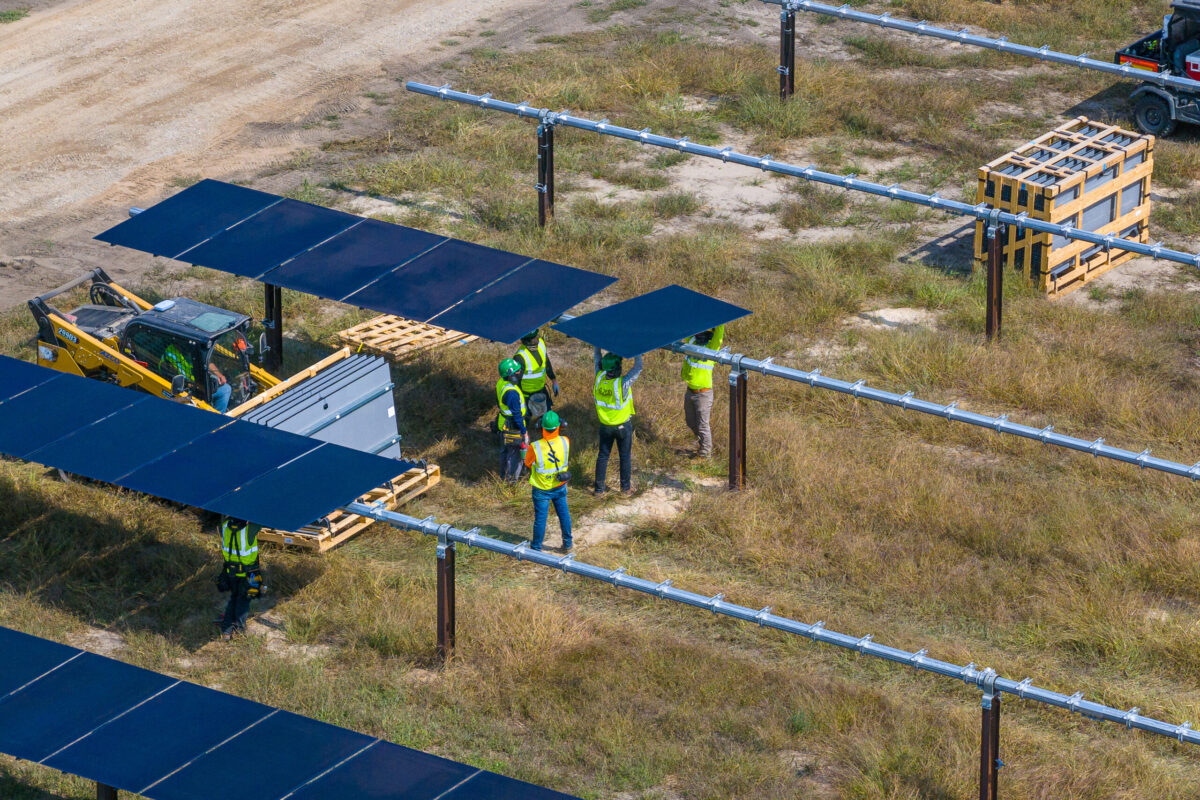The Los Angeles Department of Water and Power (LADWP) has published a study identifying strategies to improve equity for disadvantaged communities, as the utility works to reach 100% clean energy by 2035. The National Renewable Energy Laboratory (NREL) led the study in partnership with the University of California Los Angeles.
Strategies in eight program and infrastructure areas are identified, including strategies affecting rooftop and community solar:
- Low-income energy bill equity and affordability, including replacing solar net metering
- Universal access to safe and comfortable home temperatures
- Housing weatherization and resilience
- Equitable rooftop solar access and benefits
- Equitable community solar access and benefits
- Household transportation electrification
- Truck electrification for improved air quality and health
- Distribution grid upgrades and resilience.
One strategy for bill equity, replacing solar net metering with “net billing,” would reduce “the cost shift from solar adopters (typically higher income) to non-adopters (typically lower income) that occurs with net metering,” the study says. Under net billing, compensation would be set at the utility’s avoided cost of energy at the time solar power is delivered to the grid. The study says the strategy is “foundational” and “high-impact.”
Three community solar or “shared solar” strategies are also seen as high-impact. The first would establish a reduced subscription rate for shared solar for low- and moderate-income (LMI) customers.
The second would substantially expand shared solar capacity at public and multifamily sites with at least 30 kW of economically viable potential, and allocate 50% of new capacity to LMI subscribers.
The third strategy would develop shared solar on as many as 607 multifamily sites in low-income tracts, as identified by NREL, that have at least 30 kW of economically viable solar potential and are eligible for a 50% investment tax credit.
Strategies in five policy and program areas could also improve equity, including workforce development for green jobs, and service panel upgrades for electrification.
Cynthia McClain-Hill, president of LADWP’s board of commissioners, said that community-based organizations led the steering committee for the two-year study, while an advisory committee included subject-matter experts from across city departments as well as the city’s 15 elected councilmembers.
The study team will need to continue working together, McClain-Hill said, as “leading with equity is our only true, beneficial path to our city’s decarbonized tomorrow.”
LADWP has posted the study, titled “LA100 Equity Strategies.” NREL has posted auxiliary materials related to the study.
NREL previously published the “LA100” study which found that LADWP, the nation’s largest municipal water and power utility, can achieve 100% renewable generation by 2035.
A statement from the National Urban League has defined environmental justice as encompassing equal protection from environmental harm, equal employment in the renewable energy industry, and alleviating energy poverty.
This content is protected by copyright and may not be reused. If you want to cooperate with us and would like to reuse some of our content, please contact: editors@pv-magazine.com.








By submitting this form you agree to pv magazine using your data for the purposes of publishing your comment.
Your personal data will only be disclosed or otherwise transmitted to third parties for the purposes of spam filtering or if this is necessary for technical maintenance of the website. Any other transfer to third parties will not take place unless this is justified on the basis of applicable data protection regulations or if pv magazine is legally obliged to do so.
You may revoke this consent at any time with effect for the future, in which case your personal data will be deleted immediately. Otherwise, your data will be deleted if pv magazine has processed your request or the purpose of data storage is fulfilled.
Further information on data privacy can be found in our Data Protection Policy.